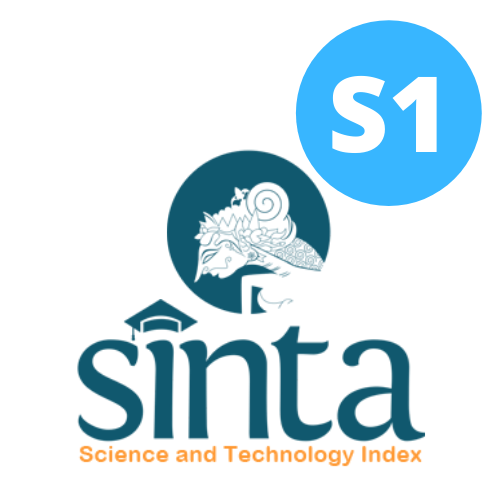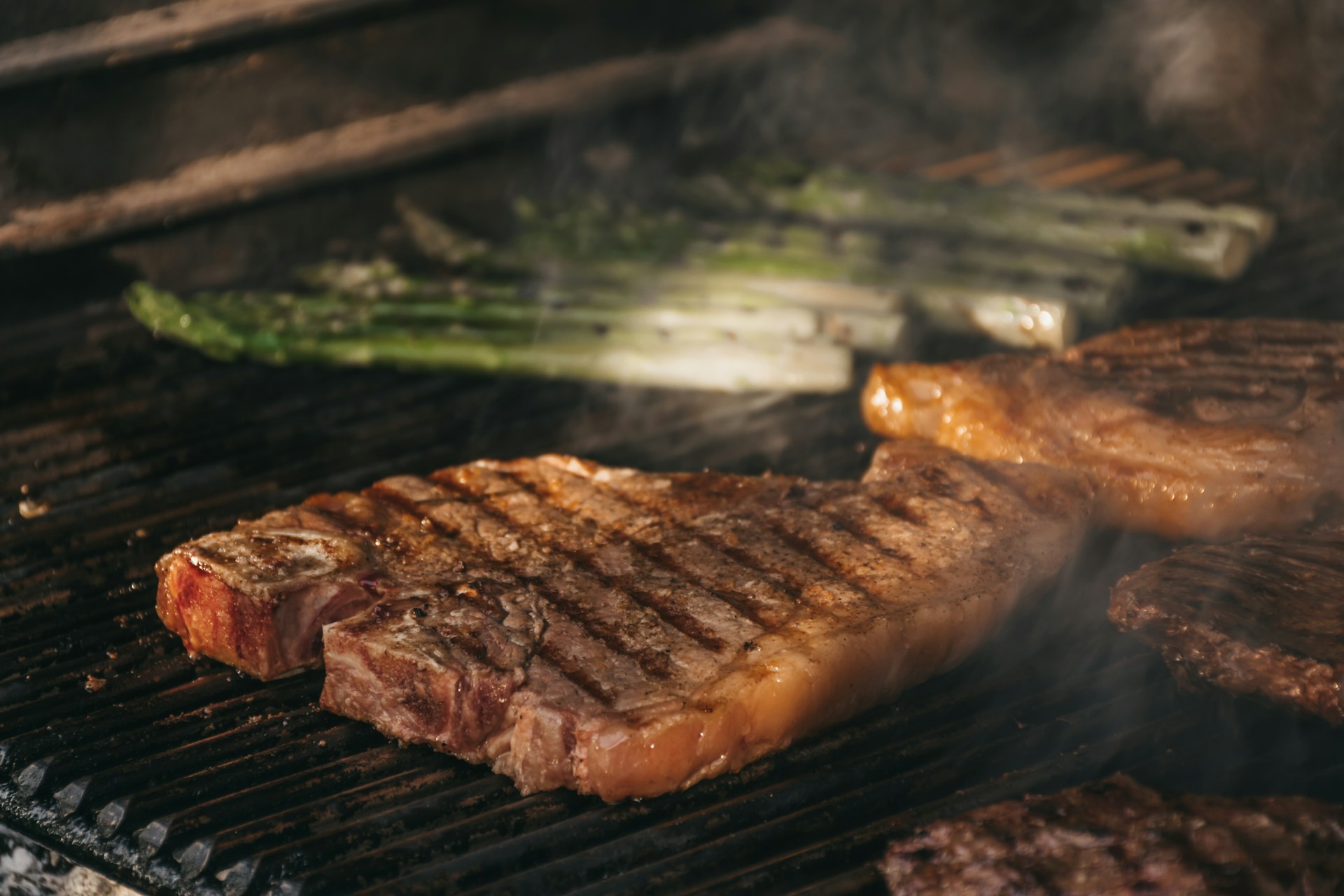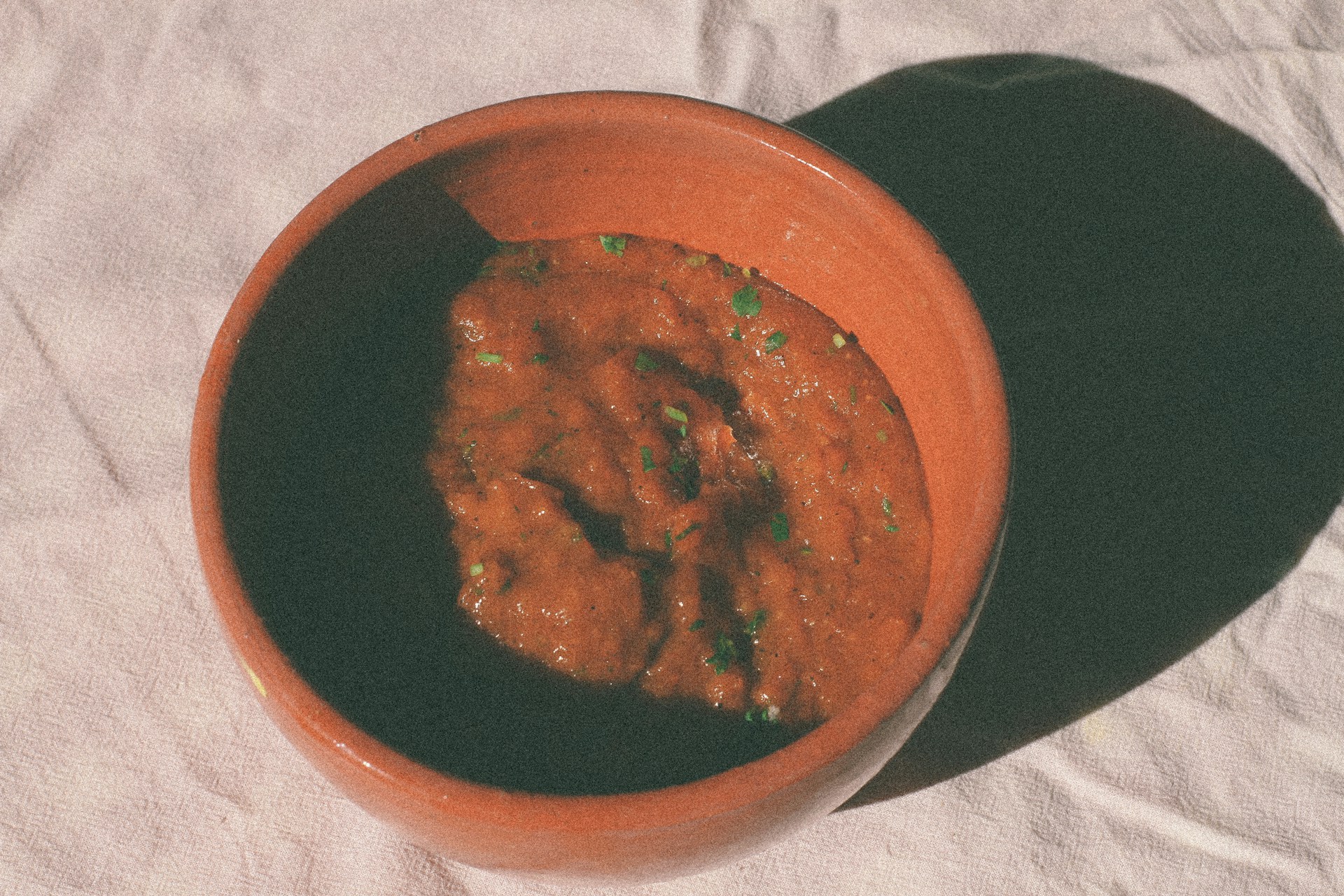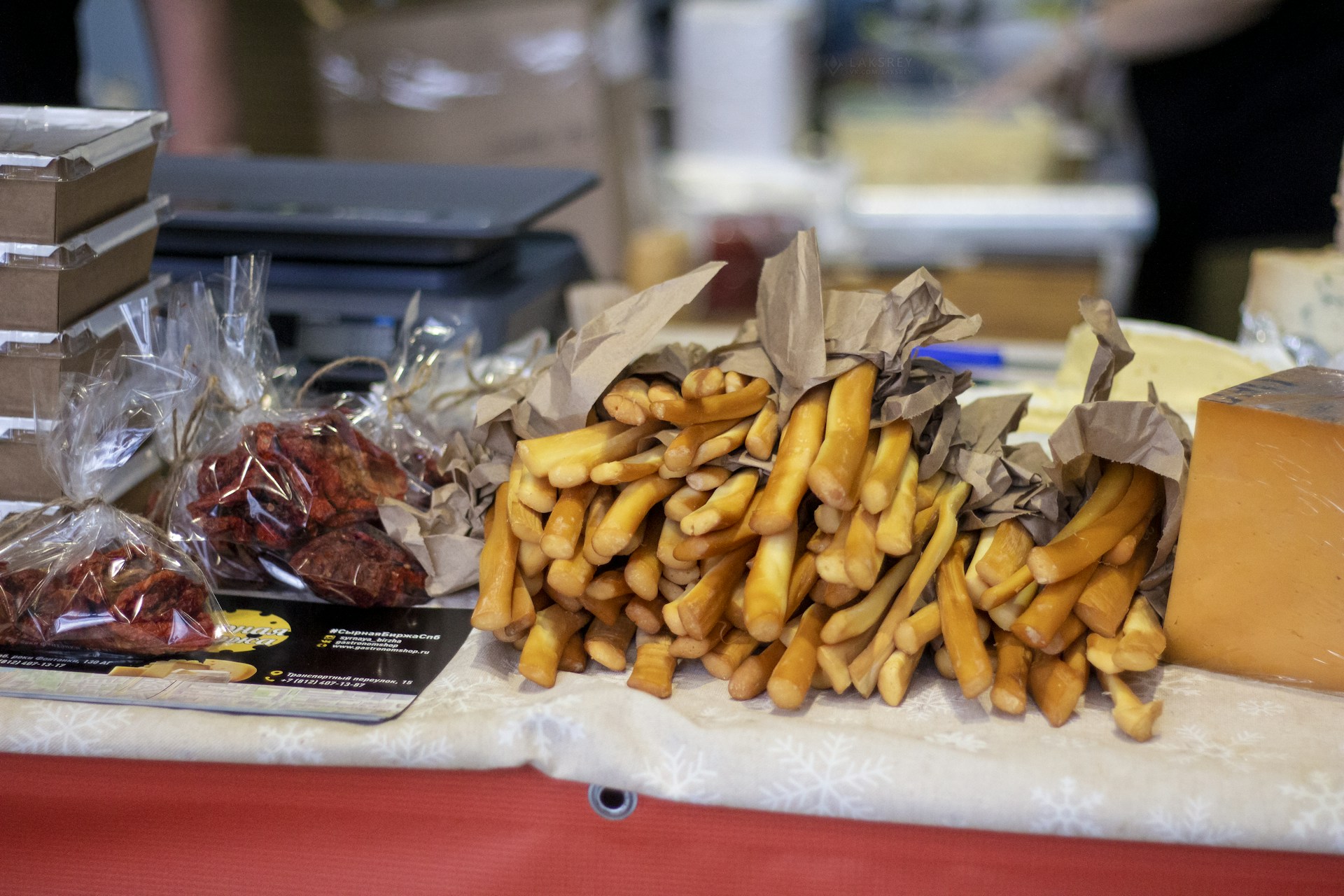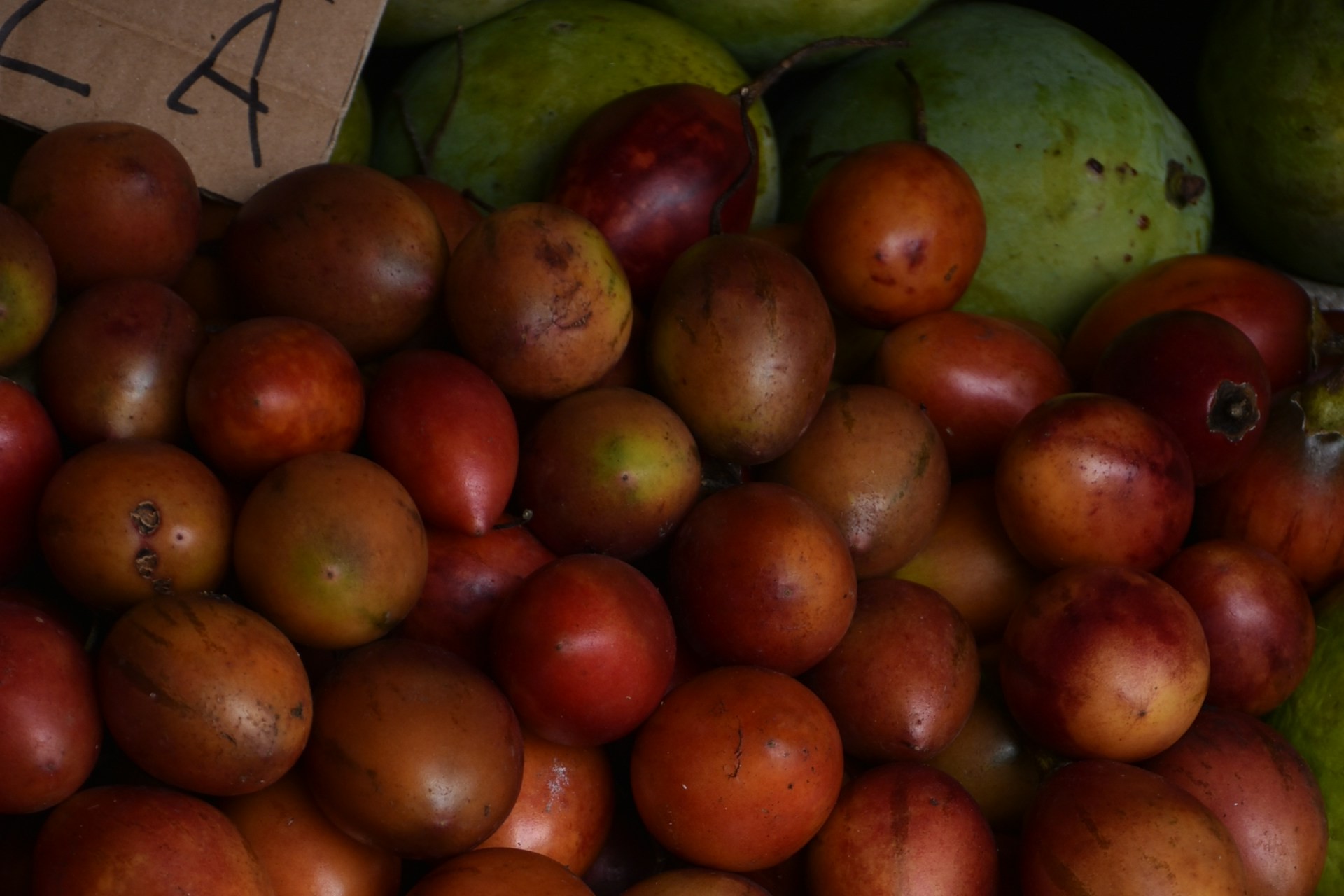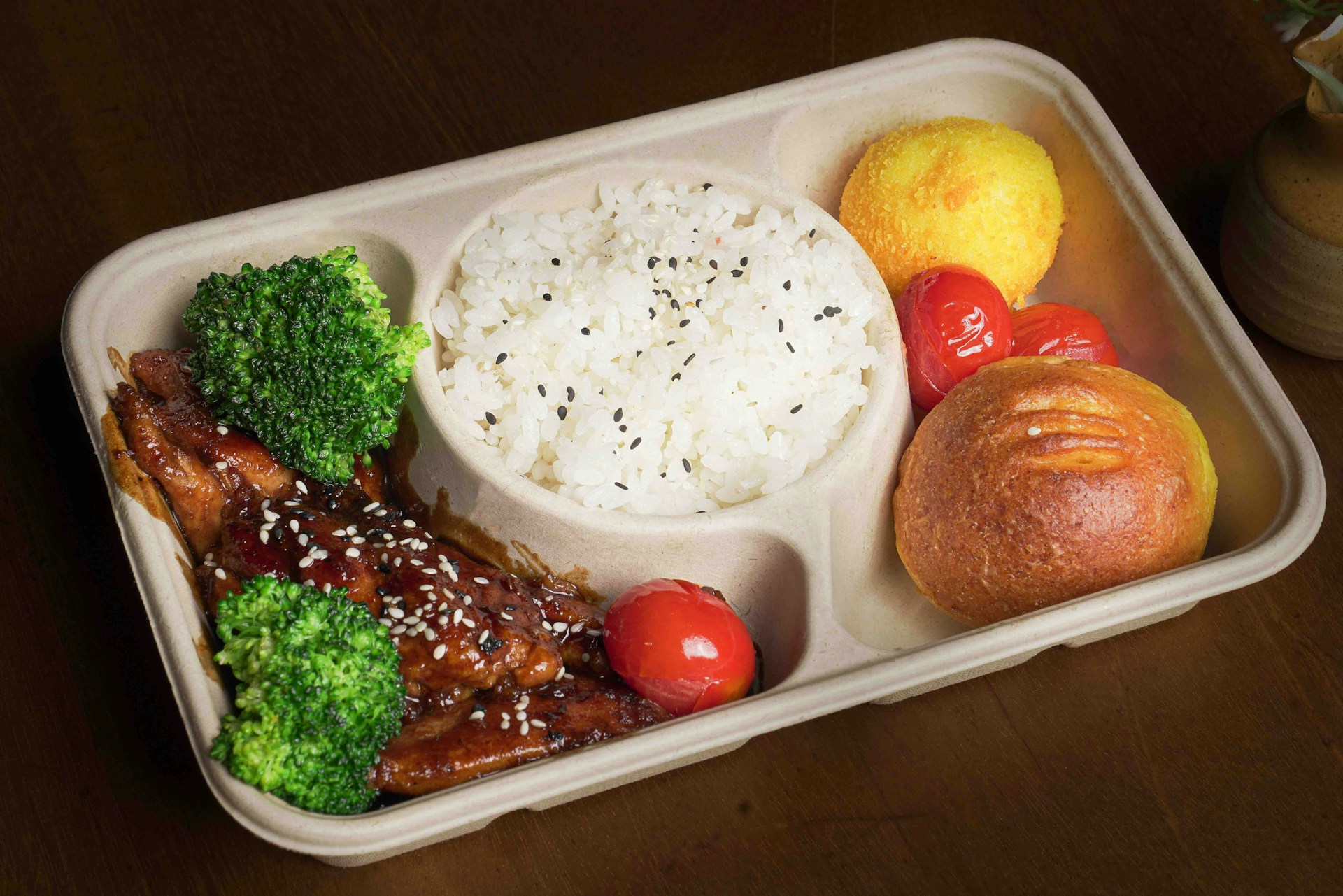The Effect of β-Carotene Supplementation on Triglyceride Levels Study on Type 2 Diabetes Mellitus Wistar Rats Fed High-Fat Diet and Induced Streptozotocin-Nicotinamide
Background: Blood triglyceride levels are associated with decreasing insulin sensitivity and increasing insulin resistance in type 2 diabetes mellitus. β-carotene has cytoprotective effect that can improve and protect β-cells of pancreas, resulting in increased insulin synthesis and secretion. β-carotene as antioxidants has important roles as glycemic and lipid control.
Objectives: This research aimed to investigate the effect of β-carotene supplementation on triglyceride levels at high fat diet and streptozotocin-nicotinamide induced of Type 2 Diabetes Mellitus Wistar Rats.
Methods: Eighteen Wistar rats were randomly divided into 3 groups: X1 (negative controls), X2 (positive controls, STZ-NA induced) and X3 (STZ-NA+β-carotene 10 mg/KgBW). High fat diet intervention was given 14 days before diabetic induced in X2 and X3 groups, at the same time the negative control group X1 was given standard feed as a control diet. To condition Wistar rats to be type 2 Diabetes Mellitus, rats in groups X2 and X3 received intraperitonial injections of Streptozotocin 45 mg/KgBW and nicotinamide 110 mg/kgBW on 22nd days after high fat diets intervention. Supplementation of β-carotene was given by nasogastric feeding tube method on every 2 days within 30 days. Plasma Triglyceride levels were measured by GPO-PAP method. The effect of triglyceride levels after β-carotene supplementation between pre and post-test in groups was tested with statistical test using paired t-test, whereas to distinguish the effect of triglyceride levels after β-carotene supplementation between groups was tested with statistical test using one-way anova method.
Results: There was significant effect of triglyceride levels (p=0.000) after β-carotene 10mg/kgBW supplementation on alternate days within 30 days by feeding tube method. Serum triglyceride levels decreased by a mean of 21.90% or 28.42 mg/dl.
Conclusions: This research revealed that supplementation of β-carotene 10 mg/kgBW every 2 days within 30 days by nasogastric feeding tube method can lower triglyceride levels in diabetic Wistar rats.
Cole, J.B & Florez, J.C. Genetics of Diabetes Mellitus and Diabetes Complications. Nature Review Nephrology. 16, 377-390. (2020).
International Diabetes Federation (IDF). (2021). IDF Diabetes Atlas 10th Edition, International Diabetes Federation 2021. https://diabetesatlas.org/idfawp/resource-files/2021/07/IDF_Atlas_10th_Edition_2021.pdf
Ullah, A., Khan, A & Khan, I. Diabetes Mellitus and Oxidative Stress- A concise Review. Elsevier. Saudi Pharmaaceutical Journal. 24, 547-553. (2016).
Mohieldein AH, Hasan M, Al-Harbi KK, Alodailah SS, Azahrani RM & Al-Mushawwah SA. Dyslipidemia and Reduced Total Antioxidant Status in Young Adult Saudis with Prediabetes. Diabetes Metab Syndr Clin Res Rev. 9, 287-91. (2015).
Hirano, T. Excess Triglycerides in Very Low-Density Lipoprotein (VLDL) Estimated from VLDL-Cholesterol could be a Useful Biomarker of Metabolic Dysfunction Associated with Stomatotic Liver Disease in Patients with Type 2 Diabetes. J Atheroscler Thromb. 31, 1-12. (2024).
Indonesian Endrokinology Society (PERKENI). Guidelines for the Management and Prevention of Type 2 Diabetes Mellitus in Indonesia. Jakarta: PB PERKENI. (2021)
Selvi, N.M.K., Nandhini, S., Sakthivadivel, V., Lokesh, Shanmugam, Srinivasan, A.B & Sumathi, S. Association of Triglyceride-Glucose Index (TyG index) with HbA1c and Insulin Resistance in Type 2 Diabetes Mellitus. MEDICA a Journal of Clinical Medicine. 16, 375-381. (2021).
Forno, A.H.D., Camara, D., Parise, B., Rodrigues, C.F., Soares, J.J., Wagner, R., Ribeiro, S.R., Folmer, V., Puntel, R., Haas, S.E., Farias, F.M., Denardin, E.L.G., Denardin, C.C & Avila, D.S. 2016. Antioxidant and Lipid Lowering Effect of Dried fruits oil extract of Pterodon Emarginatusin Caenorhabditis elegans. Arabian Journal of Chemistry, 1-11 (2016).
Marcelino, G., Machate, D.J., Freitas, K.D.C., Hiane, P.A., Maldonade, I.R., Pott, A., Asato, M.A., Candido, C.J., & Gumairaes, R.C.A. Beta Carotene: Preventive Role for Type 2 Diabetes Mellitus and Obesity: A Review. Molecules. 25, 5803. (2020).
Roohbakhsh, A., Kaarimi, G & Iranshahi, M. Carotenoids in the Treatment of Diabetes Mellitus and its Complications: A Mechanistic Review. Elsevier Biomedicine and Pharmacotherapy. 31-42 (2017).
Khanam, K., Kamal, A.H.M.M., Yeassmin, M., Rajia, S. 2022. Antidiabetic and Antihyperlipidemic Activity of β-carotene on Streptozotocin-induced Diabetic Rats. Journal of Pharmaceutical Research International. 32, 36-44. (2022).
Ermawati, D., Rachmawati, B & Nyoman S.W. Effects of β carotene supplementation on total cholesterol, triglycerides, and malondialdehyde in diabetic Sprague dawley rats. Indonesian Journal of Nutrition. 2, 47-52. (2014)
Ghasemi, A., Khalifi, S. & Jedi, S. Streptozotocin-Nicotinamide-Induced Rat Model of Type 2 Diabetes (Review). Acta Physiologica Hungarica. 101, 408-420. (2014).
Eluehike, N & Onoagbe, I. Changes in Organ and Body Weight, Serum Amylase and Antidiabetic Effects of Tannins from Spondias Mombin on Streptozotocin-induced Diabetic Rats. Sabinet African Journal. 3. (2018).
Petchi, R.R., Vijaya, C & Parasuraman, S. Antidiabetic Activity of Polyherbal Formulation in Streptozotocin - Nicotinamide Induced Diabetic Wistar Rats. Journal of Traditional and Complementary Medicine Elsevier. 4, 108-117. (2014).
De Castro, U.G.M., Dos Santos, R.A.S., Silva, M.E., De Lima, W.G., Campagnole-santos, M.J & Alzamora, A.C. Age-dependent Effect of High-Fructose and High-Fat Diets on Lipid Metabolism and Lipid Accumulation in Liver and Kidney of Rats. Journal of Lipids in Health and Disease BioMed Central. 12, 1-11. (2013).
Qi, Y & Wang, X. The Role of Gut Microbiota in High-Fat-Diet-Induced Diabetes: Lessons from Animal Models and Humans. MDPI Journals. 15, 922. (2023).
Wang, Y., Fang, Y & Vrablik, M. Homeostasis Model Assessment for Insulin Resistance Mediates the Positive Association of Triglycerides with Diabetes. MDPI Journals. 14, 733. (2024).
Wickramasinghe, A.S.D., Attanayajem A.P & Kalansuriya, P. Biochemical Characterization of High Fat Diet Fed and Low Dose Streptozotocin Induced Diabetic Wistar Rat Model. Journal of Pharmacological and Toxicological Methods. Elsevier. 113. (2022).
Huamanchumo, C.J.T., Pastor, D.U., Poma, M.G., Alcantara, H.L., Palacos, S.P., Torres, B.P., Seguin, V.C.R & Zopata, V.A.B. Triglycerides and Glucose Index as an Insulin Resistance Mark in a Sample of Healthy Adults. Diabetes & Metabolic Syndrome: Clinical Research & Review. Elsevier. 13 (1): 272-277. (2019).
Tahapary, D.L., Prastishita, L.B., Fitri, N.A., Marcella, C., Wafa, S., Kurniawan, F., Rizka, A., Tarigan, T.J., Harbuwono, D.S., Purnamasari & D., Soewondo, P. Challenges in the Diagnosis of Insulin Resistance: Focusing on the ole of HOMA-IR and Triglyceride/ Glucose Index. Diabetes & Metabolic Syndrome: Clinical Research & Reviews. 16, 8. (2022).
Kusbandari, A., & Susanti, H. Beta-Carotene Content and Free Radical Capture Activity against DPPH (1,1-diphenyl 2-picrylhydrazyl) of Cantaloupe Fruit Extract (Cucumis melo var. Cantalupensis L.) by UV-Visible Spectophotometry. Journal of Pharmaceutical Science and Community (May 2017), 14(1), 37-42. (2017)
Salem, S.A. Effect of two Carotenoids (Lycopene and β carotene) Supplementation on Hyperlipidemia and Lipid Peroxidation in Experimental Albino Rats. Journal of High Institute of Public Health. 45, 1-7. (2015).
Qiu, Z., Chen, X., Geng, T., Wan, Z., Lu, Q., Li, L., Zhu, K., Zhang, X., Liu, Y., Lin, X., Chen, L., Shan, Z., Liu, L., Pan, Aliu, G. Associations of Serum Carotenoids with Risk of Cardiovascular Mortality Among Individuals with Type 2 Diabetes: Results From NHANES. American Diabetes Association. 45, 1453-1461. (2022).
Copyright (c) 2025 Amerta Nutrition

This work is licensed under a Creative Commons Attribution-ShareAlike 4.0 International License.
AMERTA NUTR by Unair is licensed under a Creative Commons Attribution-ShareAlike 4.0 International License.
1. The journal allows the author to hold the copyright of the article without restrictions.
2. The journal allows the author(s) to retain publishing rights without restrictions
3. The legal formal aspect of journal publication accessibility refers to Creative Commons Attribution Share-Alike (CC BY-SA).
4. The Creative Commons Attribution Share-Alike (CC BY-SA) license allows re-distribution and re-use of a licensed work on the conditions that the creator is appropriately credited and that any derivative work is made available under "the same, similar or a compatible license”. Other than the conditions mentioned above, the editorial board is not responsible for copyright violation.




